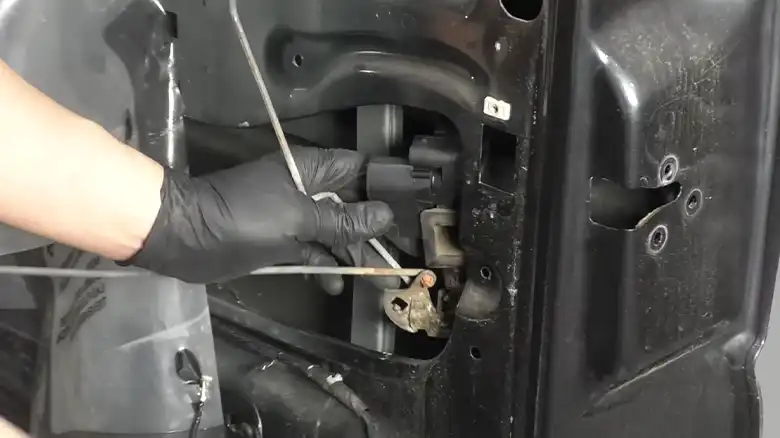Door lock actuators, essential components in the seamless functioning of modern vehicles and buildings, are susceptible to a range of factors that can lead to failure. The root cause of these failures is influenced by variables such as the type of actuator, the encompassing vehicle or building system, and prevailing environmental conditions. In this comprehensive exploration, we delve into the multifaceted reasons that may contribute to the failure of door lock actuators:
1. Wear and Tear:
The relentless march of time exacts its toll on the mechanical components of door lock actuators. Prolonged and continuous use, particularly in high-traffic areas, results in the gradual wear and tear of moving parts, significantly impacting the overall effectiveness and performance of the actuator.
2. Electrical Issues:
Within the intricate framework of the door lock actuator, electrical components such as the motor or solenoid may succumb to failure due to issues like electrical shorts, compromised wiring, or faulty connections. These electrical anomalies can disrupt the actuator's ability to receive or respond to control signals, leading to operational failure.

3. Contamination:
The insidious infiltration of moisture, dirt, and debris poses a constant risk of internal contamination within the door lock actuator. These intruding contaminants not only disrupt the smooth operation of moving parts but also contribute to corrosion, eventually resulting in a malfunction of the entire system.
4. Lack of Lubrication:
Optimal functioning of the moving parts within the door lock actuator is contingent on adequate lubrication. Insufficient or dried-out lubrication increases friction, accelerating the wear and tear of critical components and ultimately leading to the failure of the actuator.
5. Physical Damage:
Unforeseen incidents such as accidents, attempted break-ins, or impactful collisions can result in physical damage to either the door or the actuator itself. This damage can significantly impede the normal functioning of the actuator, exacerbating the risk of complete failure.
6. Overload or Obstruction:
Door lock actuators are meticulously designed to function within specific force limits. Exerting excessive force or attempting to force the door open while the actuator is engaged can overwhelm the system, causing irreparable damage. Additionally, obstructions preventing the actuator's movement can lead to failure or significant damage over time.
7. Faulty Control Module:
The central nervous system governing the door lock system, namely the control module, is susceptible to developing faults. Malfunctions in the control module, faulty wiring, or defects in sensors can disrupt communication between the control system and the door lock actuator, resulting in operational failure.
8. Manufacturer Defects:
In certain instances, door lock actuators may experience failure due to manufacturing defects. These defects could encompass issues related to design flaws, suboptimal materials used, or shortcomings in the assembly process, all of which may contribute to eventual failure.
9. Environmental Conditions:
Extreme environmental conditions, ranging from exposure to severe temperatures and humidity to corrosive elements, gradually contribute to the deterioration of door lock actuators over time. These conditions accelerate wear and may compromise the functionality of critical components within the actuator.
Addressing issues with a failing door lock actuator necessitates a meticulous diagnosis of the specific cause of the failure. This involves a thorough examination of electrical components, scrutiny for physical damage, and ensuring proper lubrication, while also eliminating potential obstructions. In some cases, seeking professional assistance is crucial for precise repairs or replacement. Understanding these underlying causes not only aids in the diagnosis and rectification of door lock actuator malfunctions but also ensures the sustained reliability and security of the locking mechanisms in modern applications.
GET A QUOTE